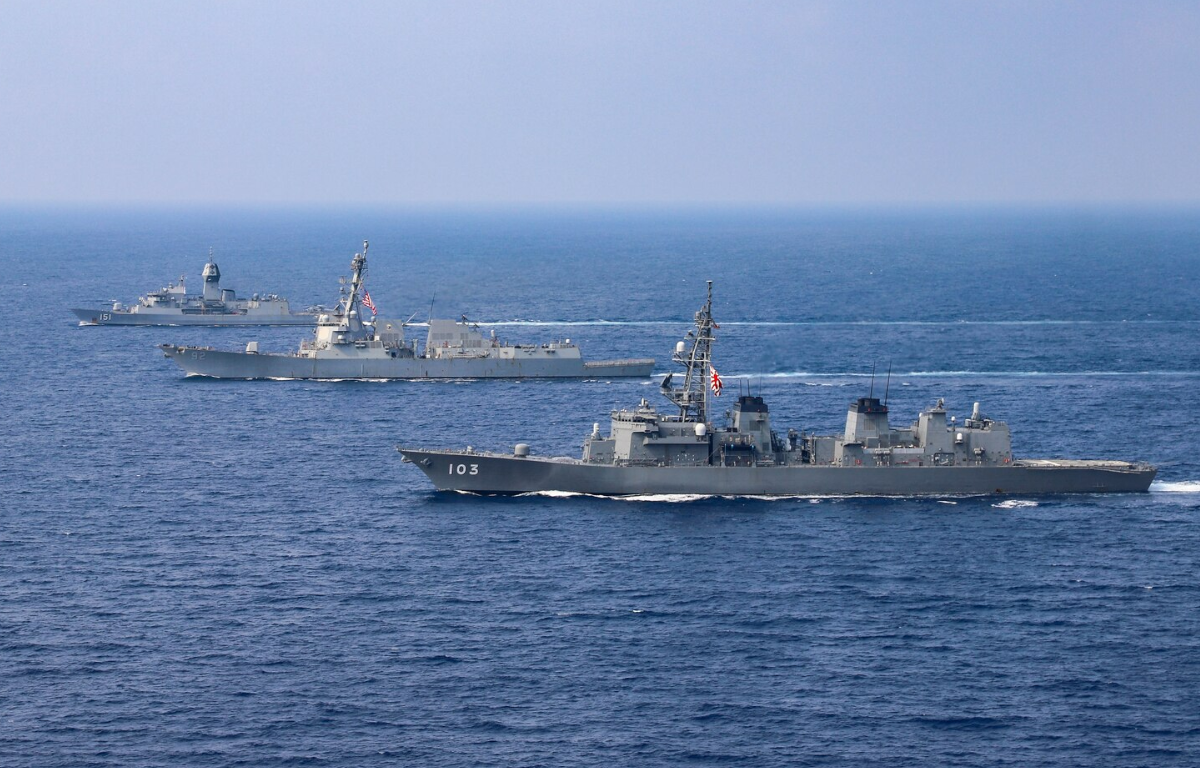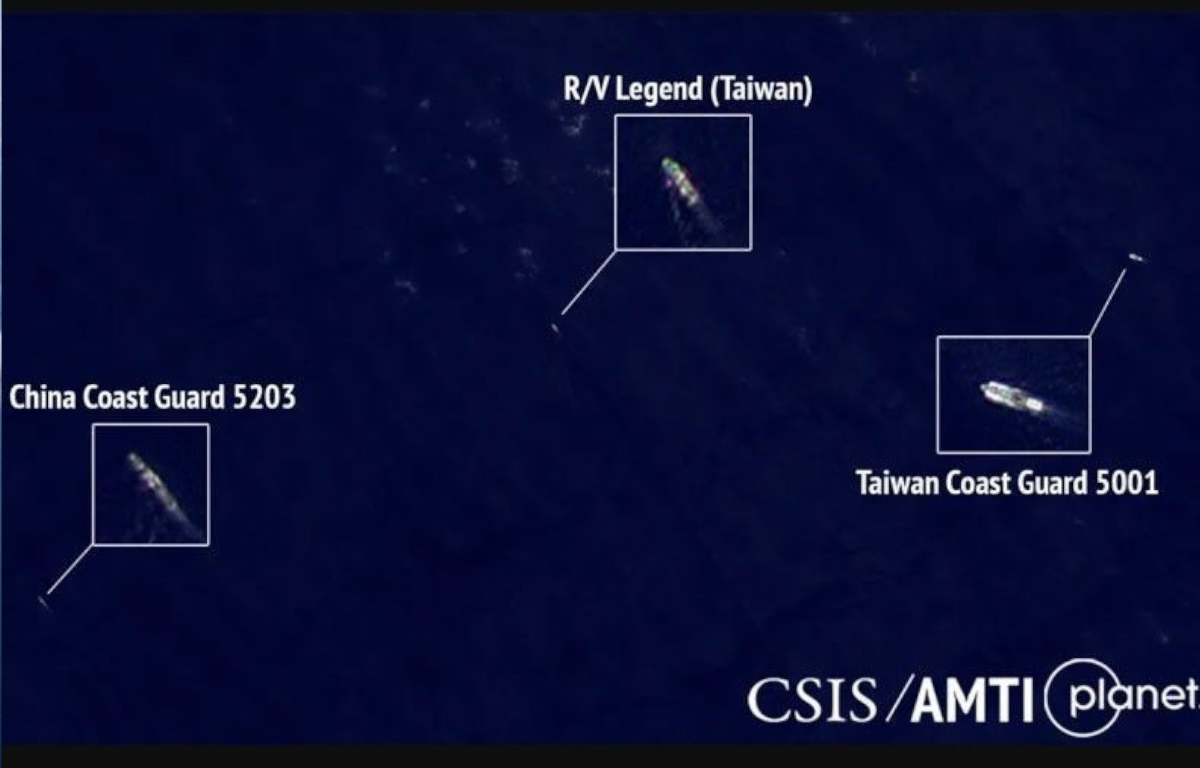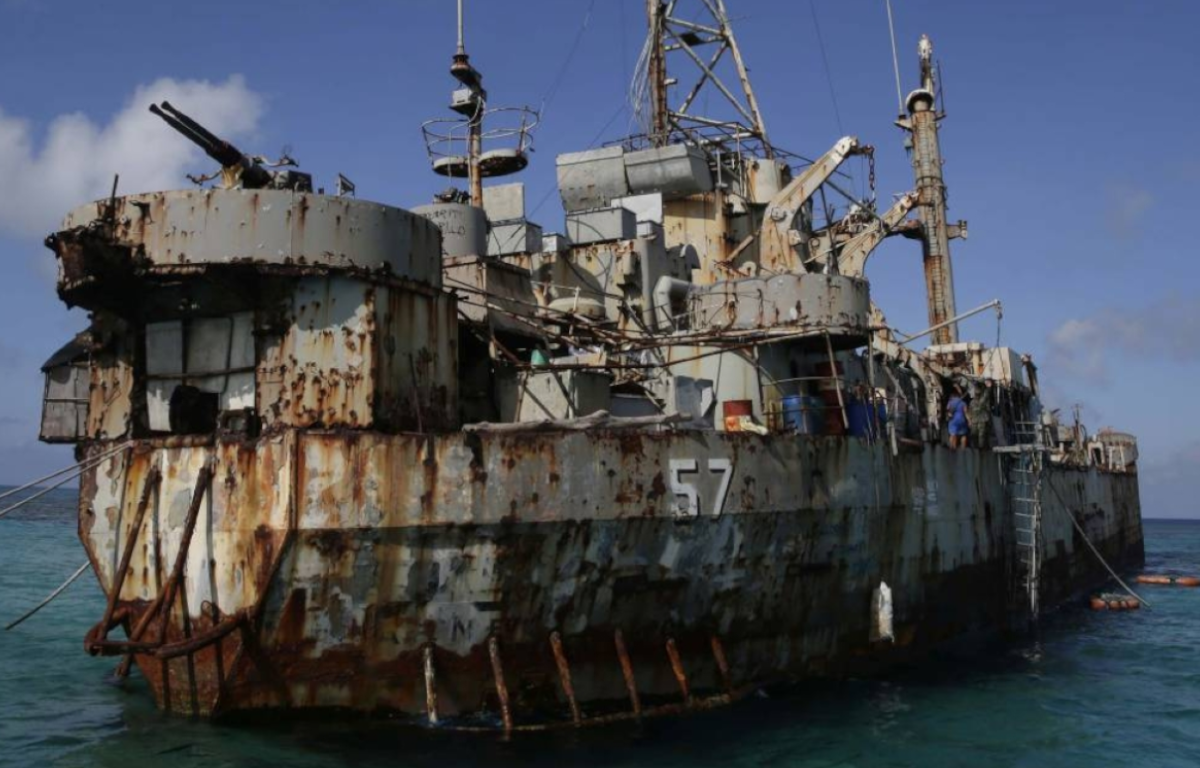
China claims sovereignty over most of the South China Sea, despite competing claims from the Philippines, Vietnam, Malaysia, Brunei, and Taiwan. The area is rich in natural resources, including oil and gas reserves, and is a vital shipping route for global trade.
The Liaoning’s presence in the region is likely to be seen as a provocation by the Philippines, which has long been a staunch ally of the United States. The U.S. has repeatedly expressed support for the Philippines in the face of China’s territorial claims, and has conducted several “freedom of navigation” operations in the region to challenge China’s claims.
The U.S. and other Western countries have also expressed concern about China’s growing military and economic power, which they see as a threat to their interests in the region. China’s Belt and Road Initiative, which aims to boost infrastructure investment and trade along old Silk Road routes, has also raised concerns among some countries that it could lead to a “debt trap” that would give China undue influence over their economies.
The recent sailing of the Liaoning is likely to further strain China’s relations with its neighbors in the region, and could lead to further clashes with the U.S. and its allies. The situation in the South China Sea is likely to remain a flashpoint for geopolitical tensions in the coming years.










Share this: